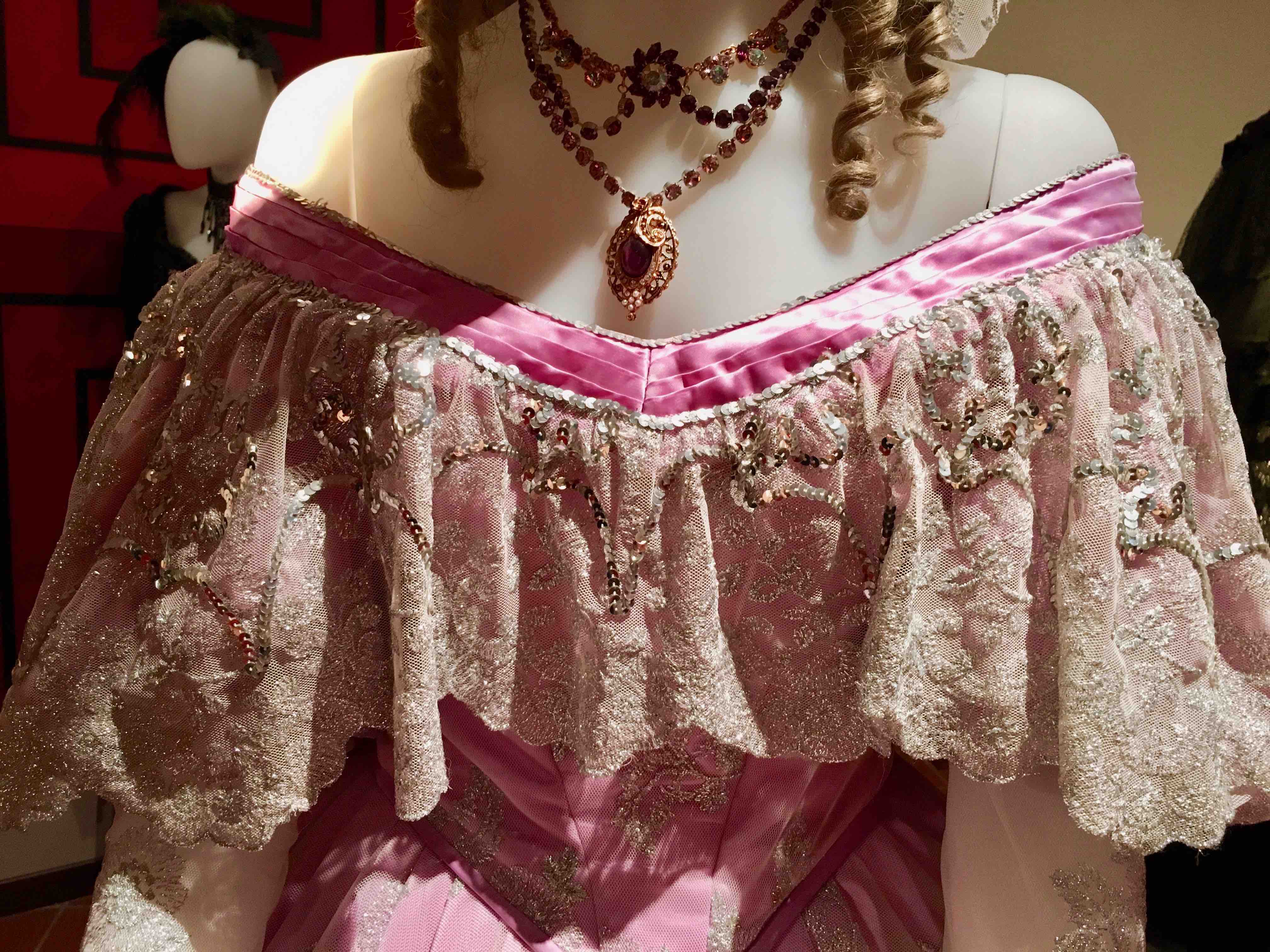The museum of theatrical costume in the old town of Serrone is a small treasure-trove where the visitor can let imagination go free and ‘tread the boards’ identifying with the world of this or that character.
Become a dancer, an eighteenth century Count, a nineteenth century gentleman or wear clothes straight out of a painting by Miro.
The museum of theatrical costume was created thanks to the gift of a famous 20th century costume designer of the last, Bice Minori, who was originally from this Ciociarian village. Bice was very fond of Serrone and here she also found assistants for work at her costume workshop which was carried out in Rome.
She created a small 'school' and so spread the apparel culture scene which ultimately gave life to a wonderful, now famous, presepe exhibition. As always, in fact, things develop in processes of actions and reactions, and this passion for stage costumes is the thing that has brought the inhabitants of Serrone to create one of the largest ethnographic museums. At Christmas, there are more than 150 life-size dummies with accurate reproductions of historical clothing that revive nativity scenes and those of life in the previous centuries in Ciociaria.
Returning to the Costume Museum of Serrone where theater experts and tailors can relive their experiences. In the museum are costumes worn by great actors in productions that some of us may still remember. The mastery in the design of some costumes and the boldness of some design combinations also will surprise expert minds.
Bice Minori had been the seamstress on the staff of Eduardo de Filippo and his clothes were worn by Vittorio Gassman and Beppe Barra. Some historical and imaginative costumes originate from the Orlando Furioso, the famous eighteenth-century poem by Ludovico Ariosto, others from the Cat Cinderella, the first work in Neapolitan language of Giambattista Basile, who is considered the inspirer of the Cinderella fairy tale by Perrault.
The museum is housed in a building in the historic centre which is accessed by walking up through one of the most scenic villages in Italy, made of white limestone. From the alleys and stair-ways you can enjoy an amazing view that stretches from Rome along the entire Valley of the Sacco.
Serrone stands on the slopes of Mount Scalambra and its original role was as a lookout and defence post on the road between Rome and Abruzzo. A road used much by shepherds for the transport of stock since Roman times.
Today the theatrical tradition and craftsmanship of high quality sewing continues with the grandchildren of Bice Minori who have made it a feature of Serrone lifestyle.








Follow us